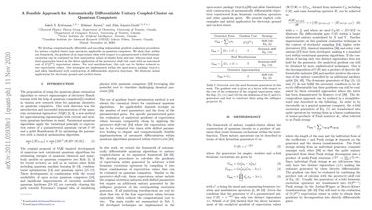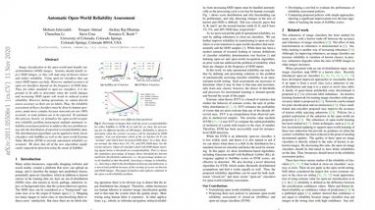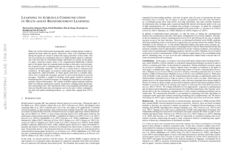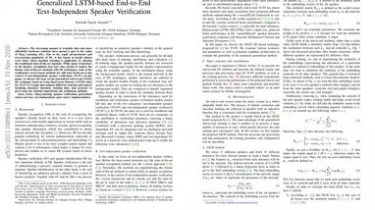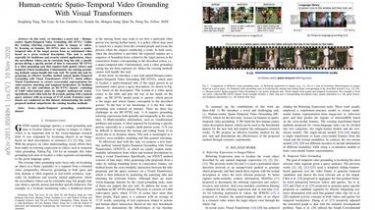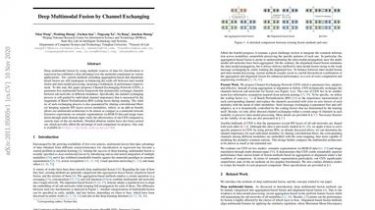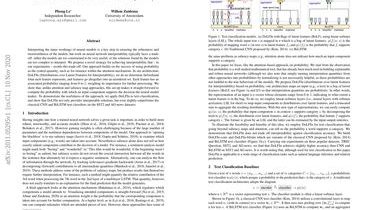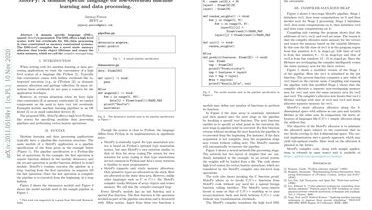A Feasible Approach for Automatically Differentiable Unitary Coupled-Cluster on Quantum Computers
We develop computationally affordable and encoding independent gradient evaluation procedures for unitary coupled-cluster type operators, applicable on quantum computers. We show that, within our framework, the gradient of an expectation value with respect to a parameterized n-fold fermionic excitation can be evaluated by four expectation values of similar form and size, whereas most standard approaches based on the direct application of the parameter-shift-rule come with an associated cost of O(2^(2n)) expectation values… For real wavefunctions, this cost can be further […]
Read more